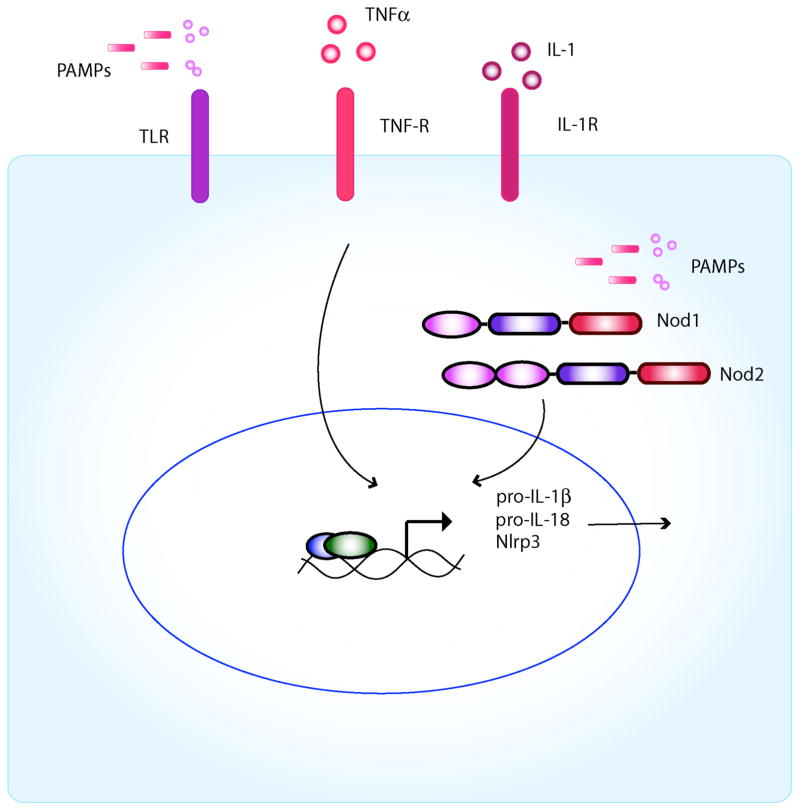Figure 2. Activation of the Nlrp3 inflammasome requires 2 steps.
A, Priming step: Based primarily on studies of Nlrp3, inflammasome activity requires first the production of pro-IL-1β and Nlrp3 through upregulation of NFκB by either activation of the TLRs or Nod1/2. Inflammatory cytokines such as TNFα or IL-1 can also induce NFκB. In addition, this first signal (i.e., cytokines, TLR or Nod1/2 activation) also results in the transcriptional upregulation of Nlrp3. B, Activation step: It remains unclear how Nlrp3 is activated by diverse signals. Three different mechanisms have been suggested: 1) Intracellular potassium depletion by the opening of a pore via ATP-dependent P2X7R activation or microbial pore-forming toxins, 2) lysosomal membrane damage and release of activated cathepsin B after endocytosis of sterile particulates such as silica, asbestos and cholesterol crystals, and 3) generation of ROS from the mitochondria as a consequence of cellular injury (although ROS may affect inflammasome priming only).

